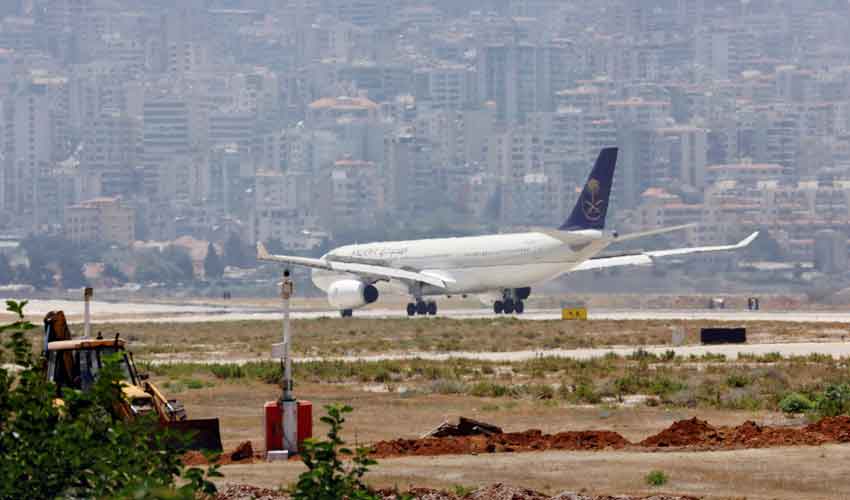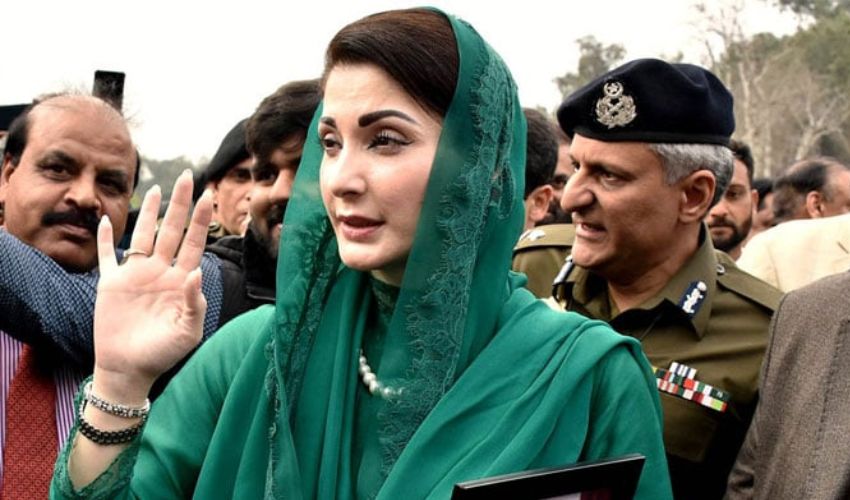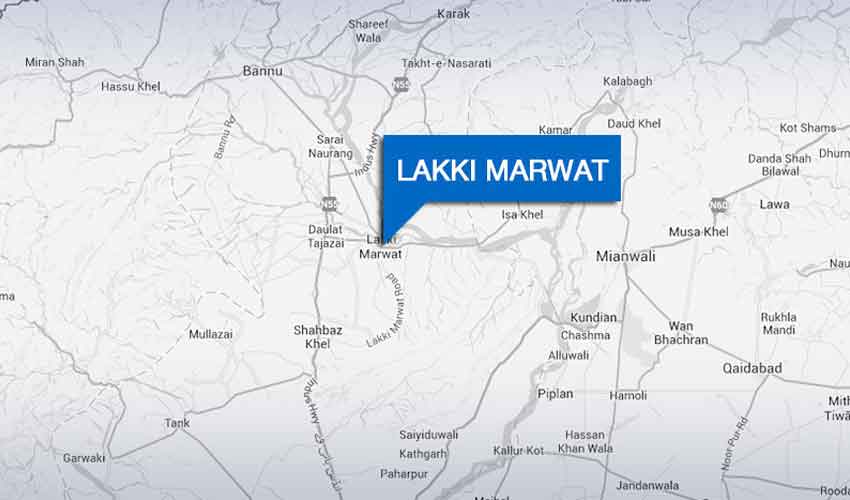India's northeastern state of Nagaland is experiencing significant socio-economic challenges, with development indicators substantially below national averages, according to recent UNDP reports.
The state, home to 16 different tribes and projected to reach a population of 2.3 million by 2030, has recorded a Human Development Index (HDI) score of 0.6. Economic growth remains at 3.25%, significantly lower than India's national average of 7%.
Government data reveals limited development funding, with only $200 million allocated between 2015 and 2021. Infrastructure gaps persist in the predominantly rural state, where 72% of the population depends on agriculture, with merely 22% of rural roads paved.
Healthcare facilities show concerning metrics, with 0.7 hospital beds per 1,000 people compared to the national average of 1.1. The education sector faces similar challenges, reporting a 40% student dropout rate.
The state, bordering Bangladesh, Myanmar, Bhutan, China, and Nepal, has a Christian majority population at 87.93%. Recent reports indicate 63 insurgency-related incidents in 2021, despite the deployment of 50,000 paramilitary forces.
The Armed Forces Special Powers Act of 1958 remains in effect, granting military forces extensive authority in the region. A 2021 incident resulting in civilian casualties led to widespread protests across the state.
International observers note continued socio-economic disparities and governance challenges affecting the region's 16 tribal communities, highlighting the need for comprehensive development initiatives.



























